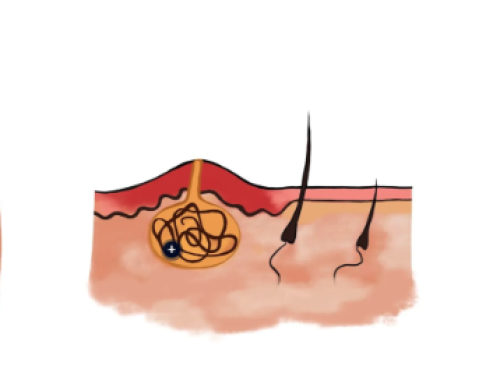
The main purpose of categorizing or “staging” colon cancer is to provide doctors assistance in making decisions regarding the best treatment methods for their patients. The stage of colon cancer refers to how far the cancer has spread at the time of its identification. There are five main stages of colon cancer, ranging from stage 0 (very early cancer) to stage 4, with the higher numbers indicating a more serious spread of cancer.
The stages are differentiated by the degree to which the cancer has spread and are based upon three criteria:
- Primary tumor – the degree to which the cancer has spread into the wall of the colon or rectum
- Regional lymph nodes – identified based upon the cancer’s presence in the nearby lymph nodes and the fatty tissues surrounding them
- Distant metastasis – the presence of cancer in non-regional lymph nodes and other organs or regions of the body
Based on the degree to which the cancer is present in these three areas, the cancer staging system can establish the severity of the cancer’s spread. While there are five main stages categorizing the spread of cancer, doctors will sometimes further subdivide each stage to give a more accurate diagnosis and recommend specific treatments.
This is why you will sometimes see cancer referred to as Stage 2A, indicating that a primary tumor has spread through all the layers of the colon but has not yet spread to either the regional lymph nodes or distant regions of the body.
What are the five main stages of colon cancer?
The five major stages of colorectal cancer are:
- Stage 0: Very early cancer which is only present in the inner lining of the colon. It has not progressed enough to spread into the other layers. This is the earliest stage of cancer.
- Stage 1: Cancer has grown through the inner lining of the large intestine, or into the muscle wall, but no further. The nearby lymph nodes are not involved.
- Stage 2: Cancer has spread through the wall of the intestine to the outermost layer and maybe into nearby tissue, but they have not spread to the lymph nodes.
- Stage 3: Cancer has spread to nearby lymph nodes but they have not spread to other parts of the body. In this stage, no distant organs or lymph nodes have been infected.
- Stage 4: Cancer has become metastatic cancer. It has spread away from the colon to other parts of the body such as the liver, bones, or lungs. The metastatic spread of cancer is much more severe and, as such, any distant spreading will result in a Stage 4 categorization regardless of the presence of a primary tumor or cancerous tissue in the lymph nodes. There are stages A-C which indicate the number of distant organs to which the cancer has spread and if the cancer is in the peritoneum (the lining of the abdominal cavity).
Now that we have briefly outlined the different stages of colon cancer, let’s look at some symptoms to be aware of. During its early stages, colorectal cancer has no symptoms. However, as the cancer progresses there are varying symptoms based on the severity and location of the cancer.
The six most common symptoms of colon cancer are:
- A persistent change in bowel habits
- Constipation, diarrhea, or feeling that the bowel does not empty all the way
- Blood in the stool or rectal bleeding
- Abdominal pain or cramping
- Fatigue or feeling weak
- Unexplained weight loss
If you have any concerns about colorectal cancer symptoms, it is always a good idea to discuss testing options with your doctor. The sooner cancer is detected, the less time it has to progress and the better the potential outcomes. It is always best to catch cancer in the earliest stage possible!
Want to schedule an appointment with Dr. O’Connor? Get started here.




